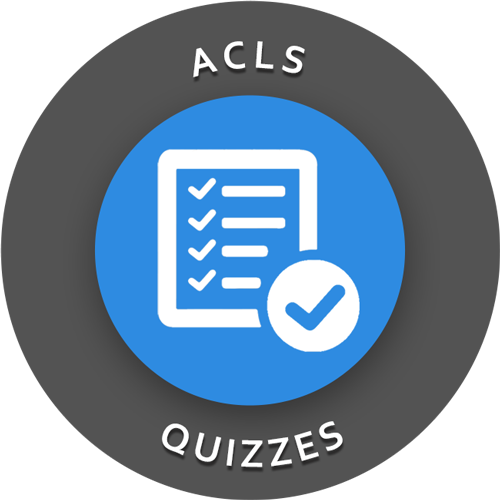
The Learn & Master ACLS practice test library provides you with a comprehensive library of practice tests categorized by Algorithm. Each test is progressive and after completion of all tests, you should have an adequate understanding of each ACLS Algorithm and interventions carried out within ACLS protocol. After you finish each test, the program will grade your test. Repeat the test if you score Less than 85%.
If you miss a question, a rationale will be provided with a page reference number from the AHA ACLS Provider Manual.
If you are using the Learn & Master ACLS Interactive Course Guide to prepare, the ACLS practice tests below are all built into the learning modules. Learn more about the Interactive Course Guide
How to View and Track your ACLS Quiz Results if you are logged in.
All ACLS practice tests are compliant with the 2020-2025 AHA ACLS guidelines.
ACLS Basics (30 questions total)
These questions cover general information found within multiple areas of ACLS protocol.
Bradycardia (30 questions total)
VF/Pulseless VT (30 questions total)
These questions cover ventricular fibrillation, pulseless ventricular tachycardia and all aspects of the left branch of the pulseless arrest algorithm.
Cardiac Arrest Review (PEA & Asystole)
These questions cover pulseless electrical activity, asystole, and all aspects of the right branch of the pulseless arrest algorithm.
Tachycardia Review
This quiz review covers all important aspects of the Tachycardia Algorithm including supraventricular tachycardia, atrial fibrillation, atrial flutter, monomorphic ventricular tachycardia, and polymorphic ventricular tachycardia.
New 2020-2025 ACLS Guideline Changes (15 questions total)
In October of 2020, the American Heart Association revised and updated the ACLS Guidelines. This practice test will give you a thorough review of all of the guidelines that took effect in October of 2020.
Post-Cardiac Arrest Care (24 questions total)
Post-cardiac arrest care has become an integral part of ACLS. These 24 questions gives you a full review of post-cardiac arrest care.
Acute Coronary Syndrome (ACS) (32 questions total)
These questions cover acute coronary syndrome and all aspects of the ACS algorithm.
Acute Stroke Review
This audio review covers all important aspects of the suspected stroke algorithm which addresses assessments, fibrinolytic therapy, CT scan timing, and more.


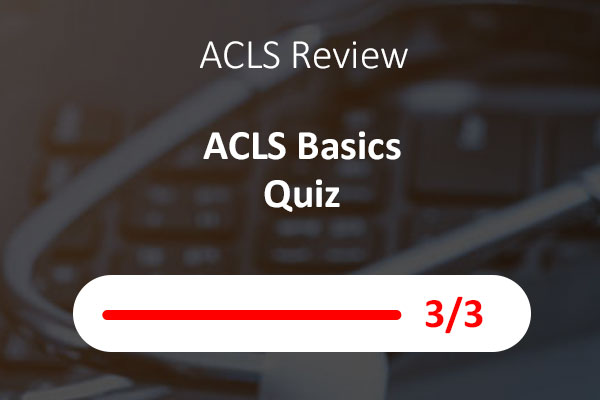

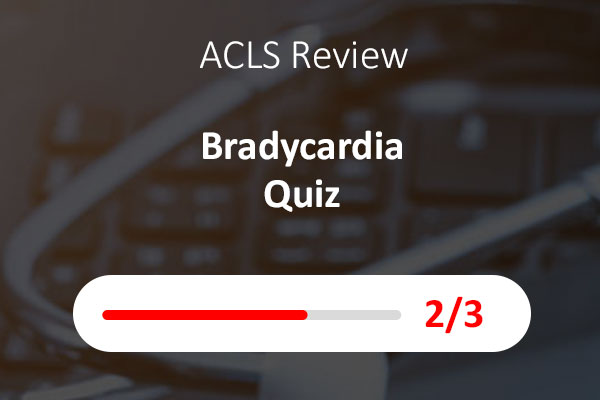

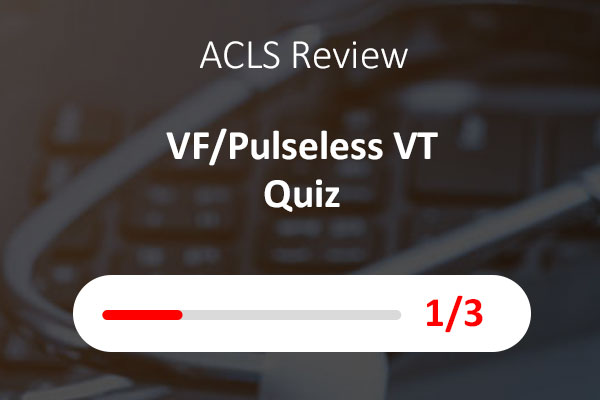
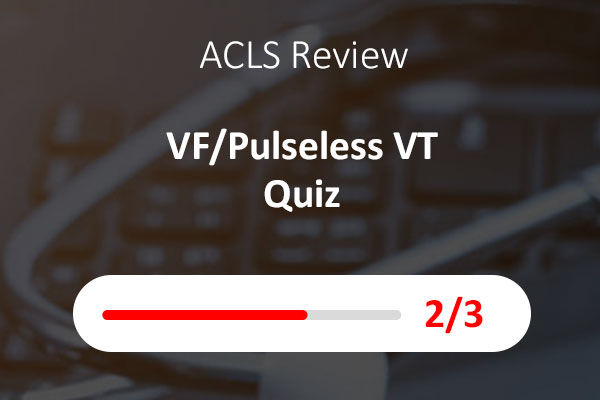

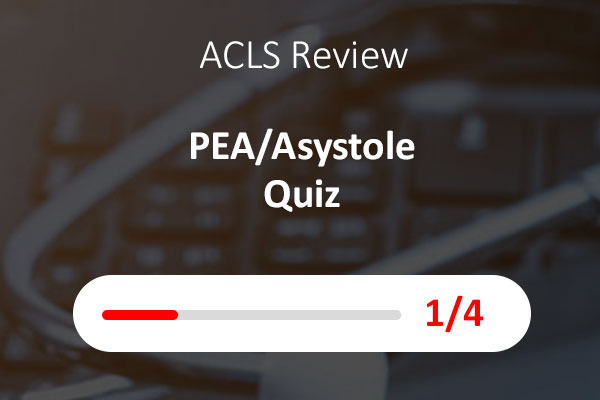
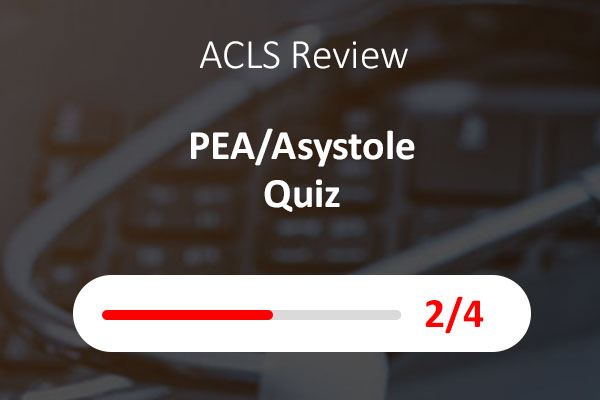

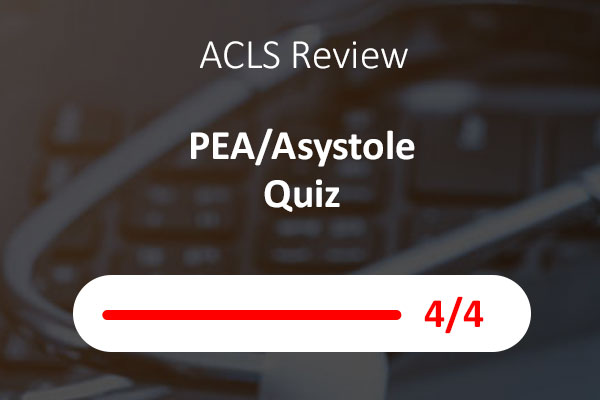

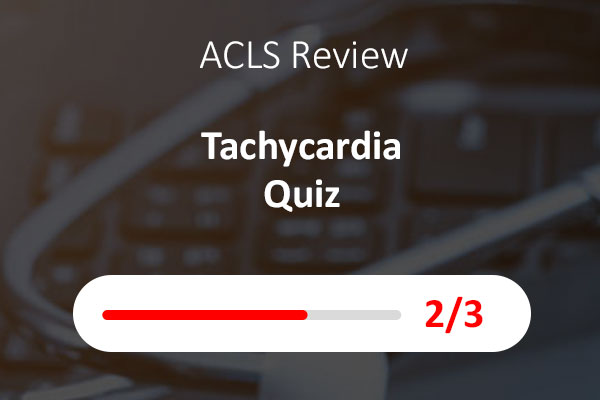
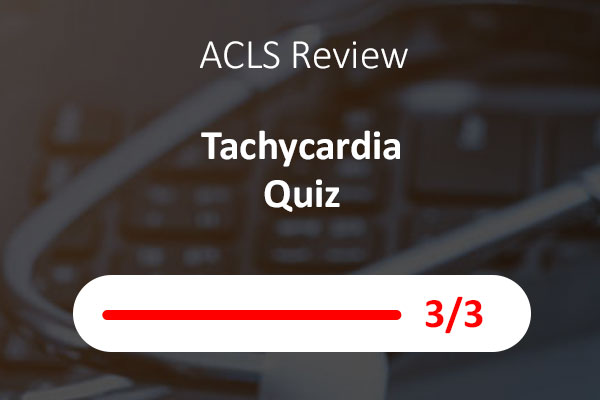

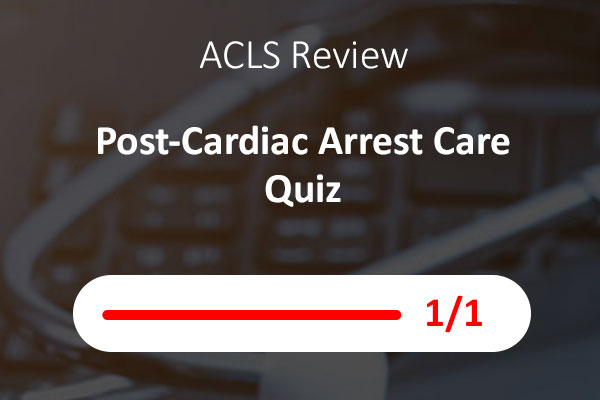
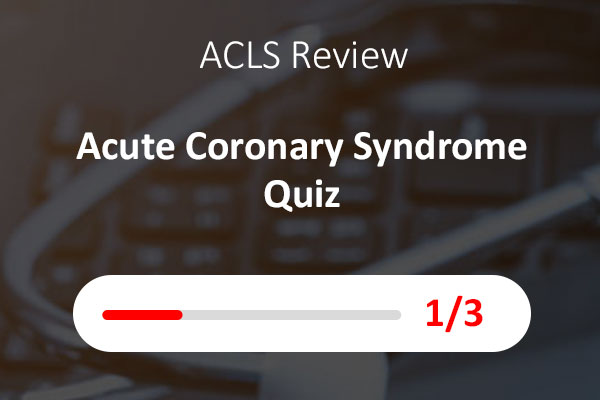
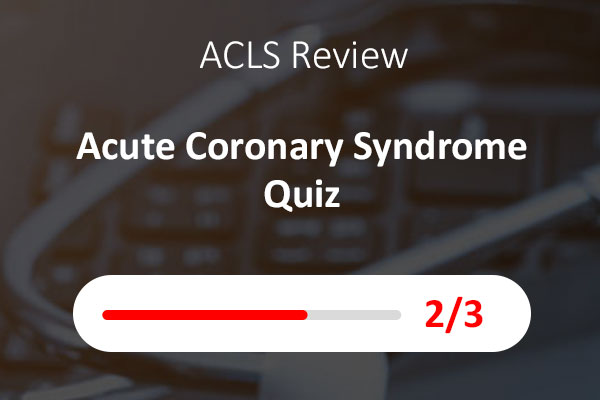

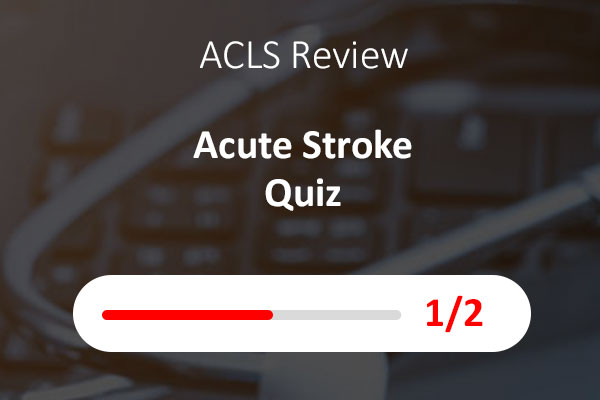
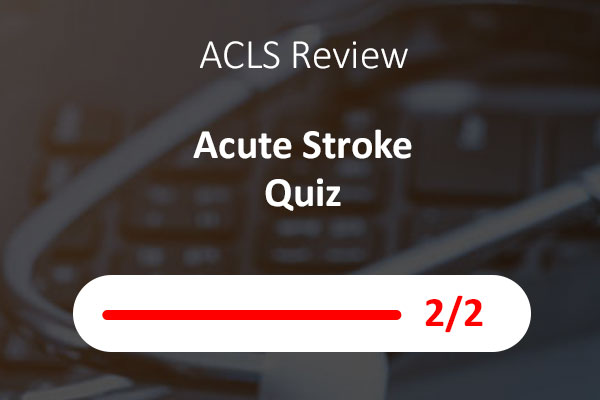
Welcomemosa says
Very helpful ! Could not have passed had I not done the practice tests. Highly recommend.
AHMED ELSAKA says
THANK YOU VERY MUCH , IT IS REALLY SIMPLE WAY FOR STUDYING
kidsrn4 says
Are any of these questions straight off the ACLS test?
Jeff with admin. says
The question are not straight off of the test. However, I use the AHA ACLS provider manual to develop all of the tests. Everything on the site follows the AHA ACLS Provider manual closely.
Kind regards,
Jeff
Sandra Garcia says
I WAS VERY SCARED TO STUDY FOR THIS TEST BUT YOUR WEBSITE MAKES IT SO EASY TO UNDERSTAND THAT I FEEL VERY CONFIDENT ABOUT TAKING THE ACLS. THANK YOU SO MUCH!!!!!!!!!
SANDRA G CCT
hmontagno says
Hi Jeff,
I took my ACLS class yesterday and today. I passed both megacode and written exam. Oh my gosh !! Your web site helped me a lot I mean really a lot ..
Thank you so much and I’ll be back 2 years later !!
Thank you.
Arvin C. Jumpay says
Hi Jeff!! I have a question for you: If you are a lone rescuer responding to a cardiac arrest patient, and you have an AED. You should:
a. Provide one rescuer CPR before beginning defibrillation.
b. Instruct bystander to provide CPR while you set-up the defibrillator.
c. Choose a bystander to help you provide a two rescuer CPR before beginning defibrillation.
d. defibrillate the patient as quickly as possible without first providing CPR.
I need your idea on this situation. Thanks for a very informative site.
Jeff with admin. says
The question is missing a couple of things that you would need to know to give an answer. The question is: “Was the arrest witness or unwitnessed.”
If it was witnessed, you should attach the AED and follow the instructions of the AED.
If it was unwitnessed, you should ask the bystander if they know how to perform CPR. If they do have them perform chest compressions while you attach the AED.
If they do not know how to perform CPR then you would attach the AED and follow the instructions.
Hope this makes sense.
Kind regards,
Jeff
kejay04 says
pls can you explain the rationale for not administering nitro in pt with right ventricle infarct
Chris with admin. says
To keep it simple as possible. During RV Infarction the RV is not pumping effectively. In the circulatory system fluid moves from an area of high pressure to an area of low pressure. If nitroglycerine is administered, central venous pressure will drop causing blood to pool in the venous system rather than returning to the heart. In turn this will reduce cardiac output. example: If the pressure in the Vena Cava
(CVP) is 0 mmHg and the pressure in the RV during diastole is 5 mmHg, blood cannot move forward. So the initial appropriate treatment of the patient in RV failure is fluid administration to restore central venous pressure. Example, if the CVP is 10 mmHg and the RV pressure during diastole is 5 mmHg, fluid will move forward. Management of the RV failure patient also requires the use of a central line to mease CVP and an arterial line to continuously monitor the blood pressure.
As fluid is administered you should see a rise in CVP and a concurrent increase in blood pressure.
Kind regards,
Chris
Jam says
Thanks so much you made recertifying so much easier. I have been doing this since 1998 and this is really the first time I felt completely prepared and relaxed. I only wish you had one for pals too. Thanks again.
dtexture888 says
Hey Jeff, I want to challenge myself. As a member what do I do for the cram session? Ive done quiz 1 and 2 in every section and I think this is a great knowledge base, but I truly want to study what might be on the test……..so if cram it is let me get it! Lol Maybe your site should have a section that says ” you better Know this” Thanks!
jdowning says
Yes jeff where is the you need to know area thanks janice
dtexture888 says
I Understand…..
Jeff with admin. says
You should watch the video on the home page. This will explain how to best use the website. I recommend that you use the checklist in the download library so that you make sure to cover everything on the site.
The site is a complete review of the AHA ACLS provider manual and it is recommended to cover everything in the site.
Kind regards,
Jeff
carols says
jeff —- of the 5 H’s and T’s ,which cause is the most frequent
Jeff with admin. says
The most common cause Of PEA in an emergency situation is hypovolemia. The most common cause of pulseless VT/VF is thrombosis (coronary).
Kind regards, Jeff
nish says
how to start the BLS in a patient who is unresponsive with no breathing but with pulse present? have to start with the sequence CAB??
Jeff with admin. says
This situation would be considered respiratory arrest rather than cardiac arrest. Respiratory arrest is treated by assessing the airway, rescue breathing, and providing other actions to keep the airway open and return the patient to a state of spontaneous breathing.
Kind regards,
Jeff
Emeka says
This site was quite helpful and revealing. I was the best in my group. Had 98. Though was unhappy that I failed 1 question.lol. To do quite well you must read the manual over and over, and discuss, do the practice tests as well.
Jcmia7777@gmail.com says
This is the BEST site ever for studying for ACLS!!! I take my exam today, wish me luck!! Thanks for putting this together ! Like the comment above, I wish I had found this site along time ago, not just the day before!
mahenderson says
This has been a great review for me after alot of studying! It gave me great practice questions and has built my confidence for taking my ACLS test! I agree with previous comment, gave me the information to feel confident not to just get by! Thanks so much. I will be passing this site on!
alleas says
This site has helped boost my confidence. I am due to recert in April. The practice tests are especially helpful. Thank you so much!